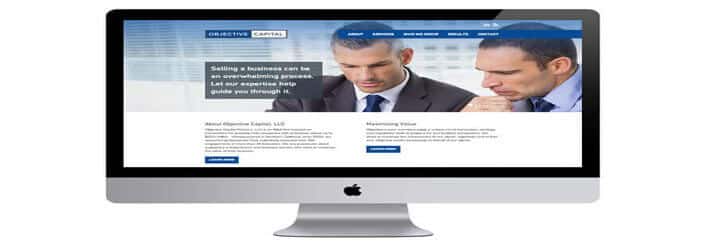At some point in your career you may find yourself in need of hiring a designer or being asked your opinion on samples of work during research.
Before you even start your research, you should have a very basic idea of what you are looking for and what you are trying to accomplish. You do not want to have a crystal clear “vision” in your mind because you will never find someone to fit those exact requirements and you will lose out on the possibility of an end product that exceeds those initial ideas.
There are many other elements that go along with hiring a designer, but before you even get into the nitty-gritty details, here are a few basic tips to help you get started as you are researching and looking at work examples, as well as during more in-depth discussions once you’ve whittled down the pack.
Design aesthetic
Your organizations’ message, brand, personality and vision are unique so why not hire someone who will capture your essence instead of a firm who cranks out cookie-cutter, unimaginative designs.
So during your initial research, do a simple review of designers you come across and ask these simple questions…
- Do you like their previous work?
- Is the design of their work pleasing to you?
- Is the design eclectic or conservative?
- Can you picture the message you want to convey in the work samples you’ve seen?
You should be able to quickly review samples and weed out those designers who you can see will not meet your needs.
Availability
Timing is everything for many elements that have to be designed–a promotional flyer, a website for a product or company launch, an advertisement, tradeshow booth graphics, etc.
If you need to have a brochure in your hands in two weeks, make sure your designer has the availability and bandwidth to meet those demands.
Always give a deadline, but add as much “padding” as possible, starting with your search and through the design process.
If you are not the only decision-maker, you need to leave room in your review and edits schedule to work with others in your organization who may have other priorities than reviewing, commenting and approving your document or website.
Non-designers and those who do not work with designers regularly do not always understand how long it can take just to work on editing one image, so be sure to give yourself and your chosen designer enough time to meet all deadlines so the end product will be the best it can possibly be.
Team or solo
A solo freelance designer has a lot of other things going on (project management, accounting, networking, etc.), more so than a designer on a team who has more of an opportunity to focus directly on design because all of the administrative functions are being taken care of by someone else.
Keep in mind who you want to work with – because if it’s a team, then you may not necessarily have a lot of direct contact with the designer, you may work with the project manager most of the time and during your research you want to make sure that if that is the case then you will want an overview of the firms’ process to help prevent any rough waves or misunderstandings and ensure a smooth project flow.
Experience in your industry
This usually isn’t a make-or-break rule, but try to make sure that the designer has at least some relevant experience, whether it is in your specific industry or just in the general area.
You probably don’t want to use a designer who has only done B2C customer-facing design work if you are a B2B company.
Multi-disciplinary
Does the designer work only with print or only with web? If so, it may be a good idea to find a second designer who specializes in whichever area your designer doesn’t.
There are still designers and firms who only work in one medium. Today, it’s more efficient to hire someone who has experience carrying over print work to web, and visa versa.
You may not want to turn your brochure or flyer into a full web page, but unless it is a specific one-time only use document, you will want to repurpose elements of the design and content on your website.
All in all, if the designer or firm doesn’t meet your basic needs from your initial research, you should not even look further and move on until you find the right fit for you.



